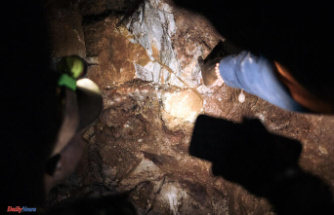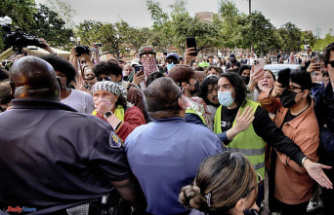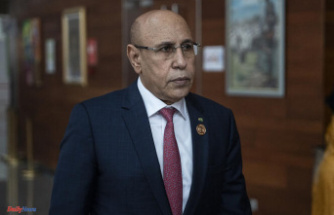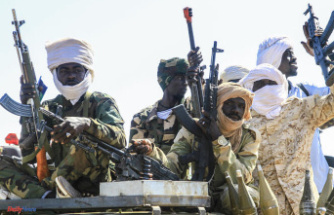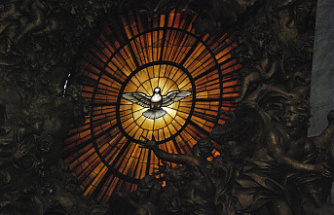Safety reforms have been implemented in the past due to on-set deaths. These are some examples of productions that were involved in industry-altering incidents:
___
"TWILIGHTZONE: THE MOVIE"
The 1982 helicopter accident that claimed Vic Morrow's life and the lives of two children actors on "Twilight Zone," shaken the film industry. It also led to new safety standards regarding the use of choppers while filming. Morrow and his children were filming scenes in Vietnam for a movie based on the TV series. After debris from the explosions that were staged during the scene soared 100 feet into the air, the helicopter crashed and the aircraft's propeller was damaged. Involuntary manslaughter was not brought against John Landis, the director of the film. This is a rare instance of prosecutors targeting a film production to prevent on-set deaths. Years later, civil lawsuits were settled by the families of the children actors who died. Federal agencies also adopted new rules for filming using helicopters.
___
"THE CROW"
Brandon Lee, an actor, died March 1993 after being shot in the abdomen during filming of a scene for "The Crow." Safety and money issues, as well as severe burns from a construction worker, had already plagued the production. Lee was struck by a bullet left in an old gun. The mistake was made during a scene which required the use of blank rounds. OSHA issued a $84,000 fine to the production for violating the regulations after Lee's death. However, the fine was later reduced by $55,000. Shannon Lee, Lee's sister, tweeted that the "Rust" shooting had resulted in the death of her brother. However, OSHA later reduced the fine to $55,000. "Permanent."
___
"MIDNIGHT RIDER" Sarah Jones, a camera operator, was struck by a train while filming a Gregg Allman biopic. It happened in rural Georgia in February 2014. Jones' death, at 27 years old, and other injuries sustained by crew members from being hit by pieces of a bed frame made of metal were part of the production. This brought a greater industry focus to safety on film sets. Film crew for "Midnight Rider" were not allowed to film on tracks, but they didn't expect a train as they were filming the bed scene. The film's director was charged with criminal trespassing and involuntary manslaughter by the prosecution. OSHA sentenced him to two years imprisonment, but he was released after one year. He was also fined $74,900. Jones' parents established a foundation to improve safety during film and television productions.
___
"COPS"
In August 2014, an audio technician who was recording a police shootout in Omaha, Nebraska was struck and killed. Bryce Dion, a Boston native, was killed in August 2014. The U.S. Occupational Safety and Health Administration recommended additional safety training and instruction to show crew members. This included how to shoot shootings from further away. OSHA recommended that bonus incentives, which encourage workers to take chances to capture action-packed stories, be removed. Dion was the first to be killed in "Cops", which was launched in 1989 and follows the work of on-duty American police officers. It was cancelled last year, but it has been resurrected for streaming by Fox Nation.
___
"UNTITLED MILITARY PROJECT"
Three people were killed in an early morning helicopter accident near Los Angeles. They were filming a reality TV series for Discovery Channel. Filming for the Discovery Channel's February 2013 series took place on a cloudless night. The pilot was not wearing night vision goggles during the accident. Federal investigators determined that the pilot was unable to fly because of a light in his cockpit which was used to highlight an actor's face. The National Transportation Safety Board criticized the pilot for flying in dangerous conditions. Later, the agency retracted its decision that a Federal Aviation Administration inspector had failed to recognize the risks when he approved the plans for the shoot.


